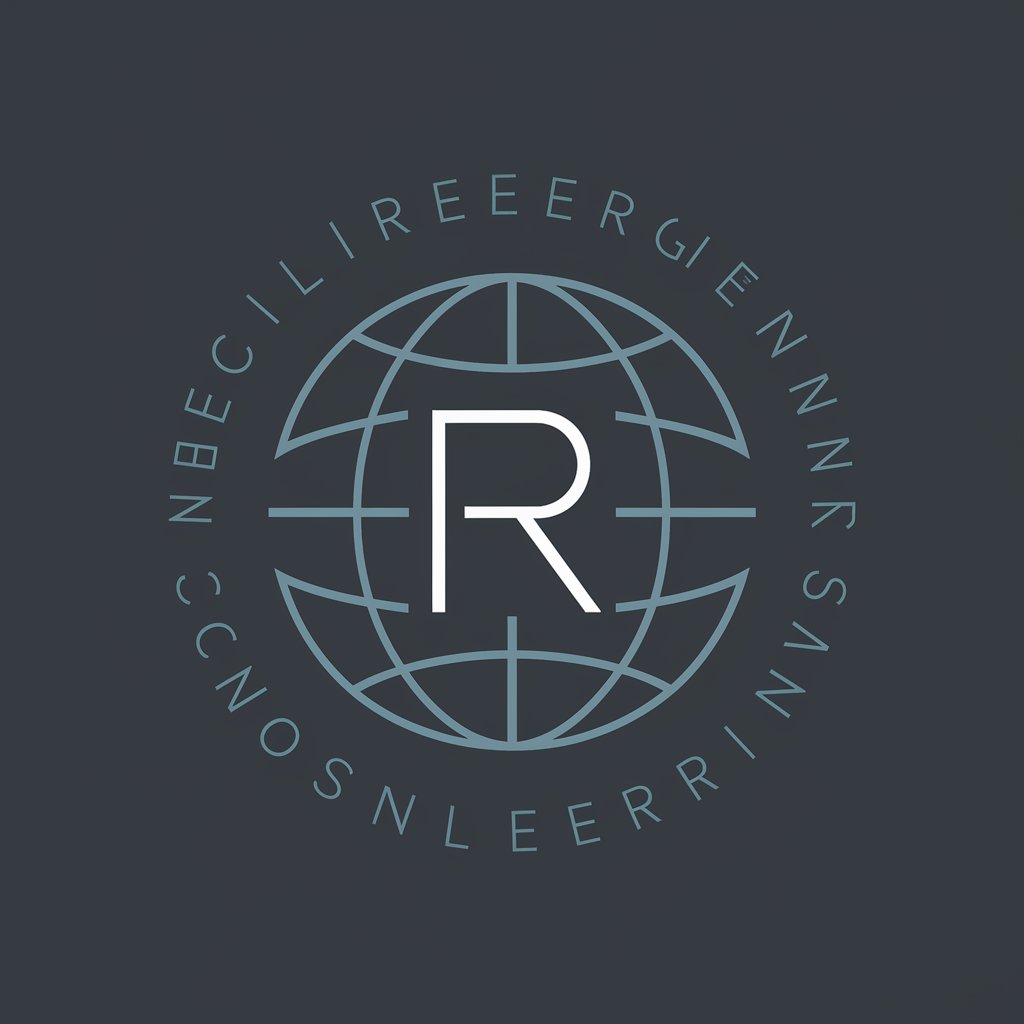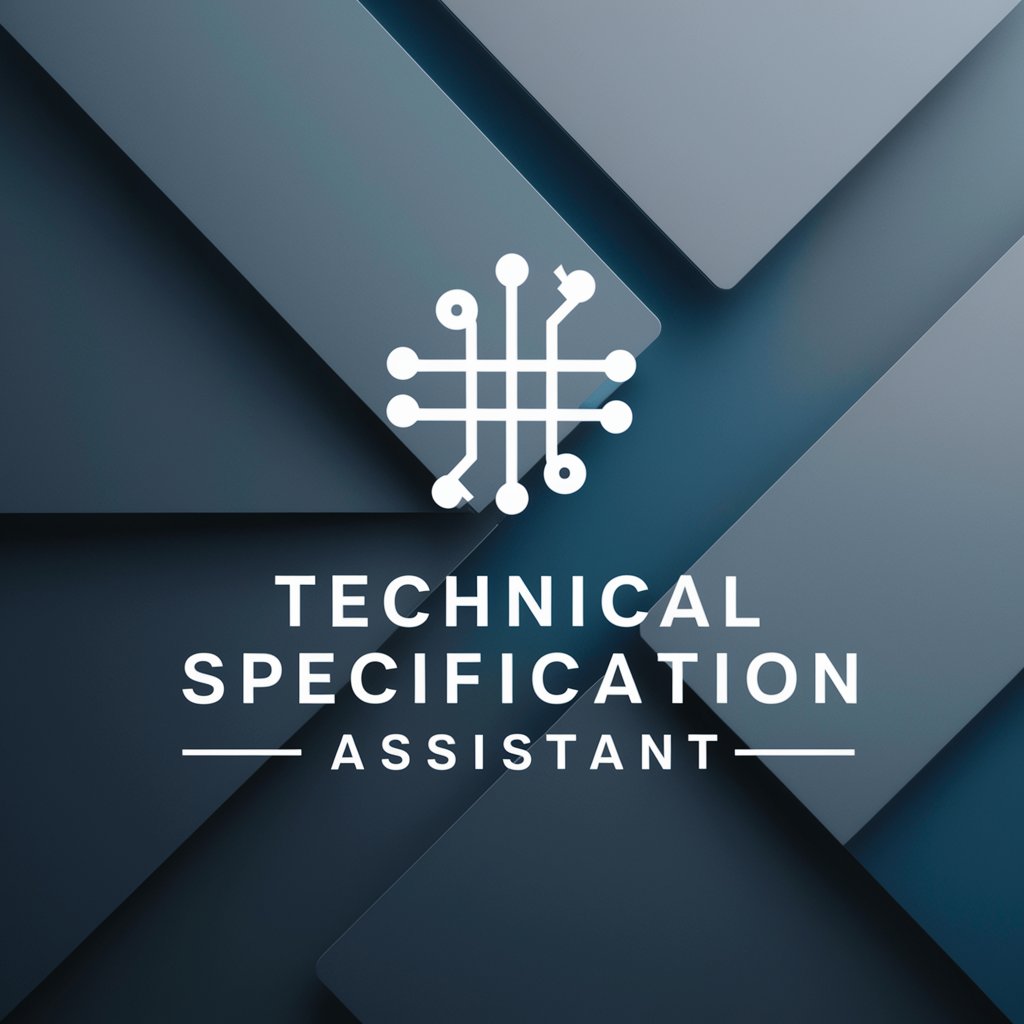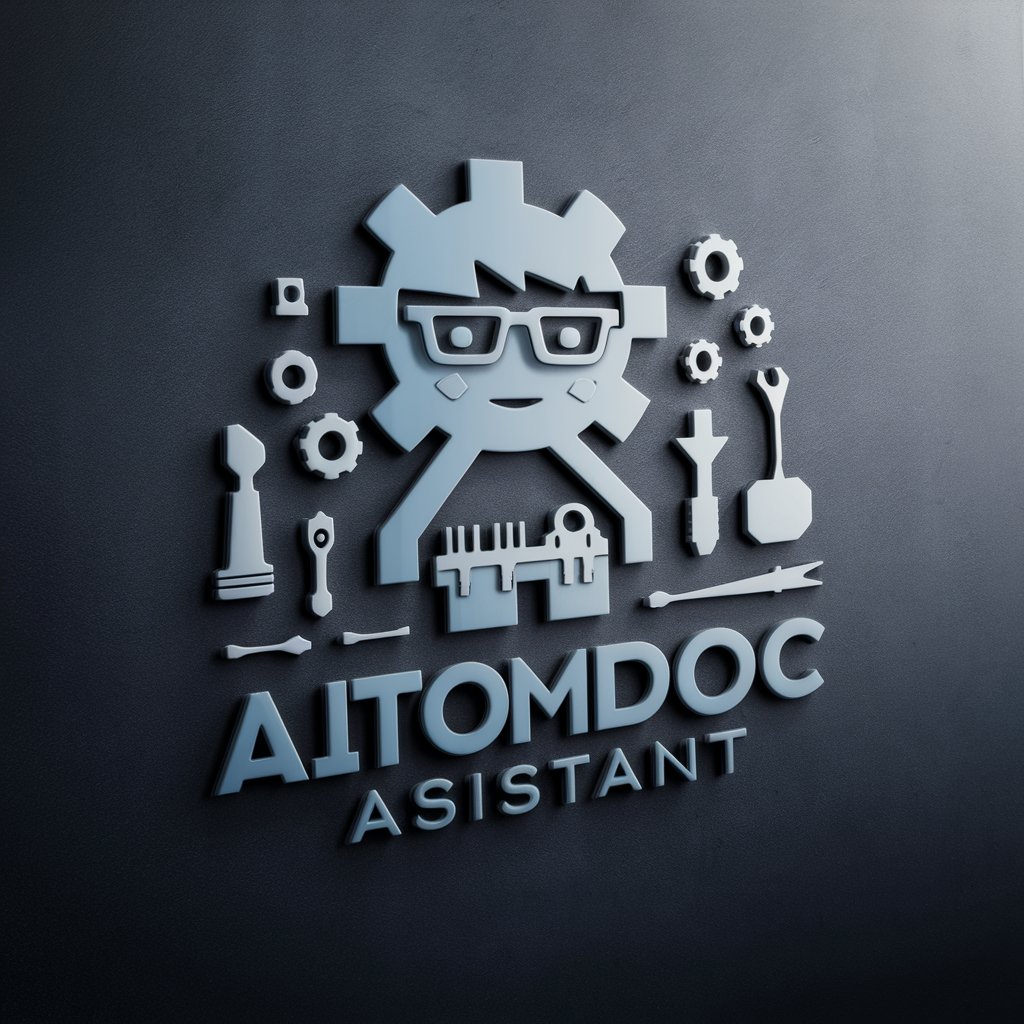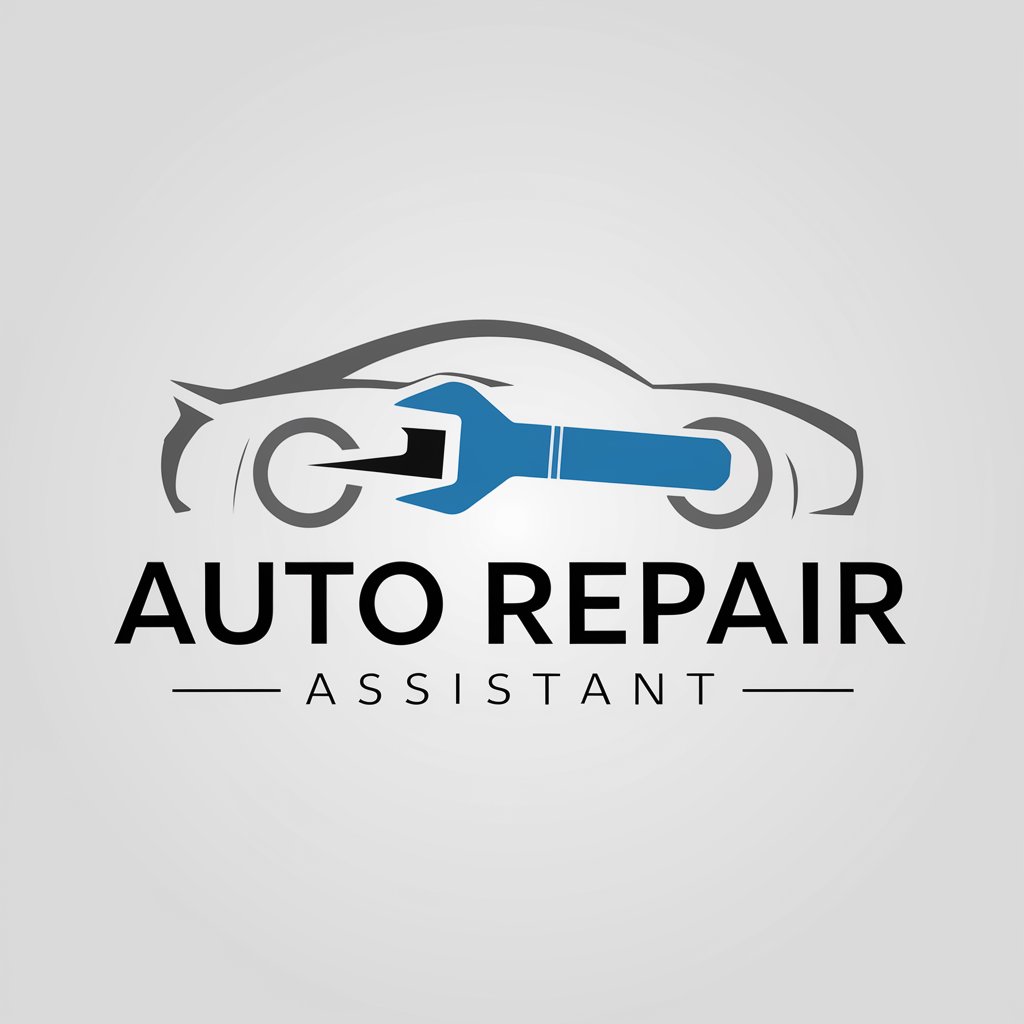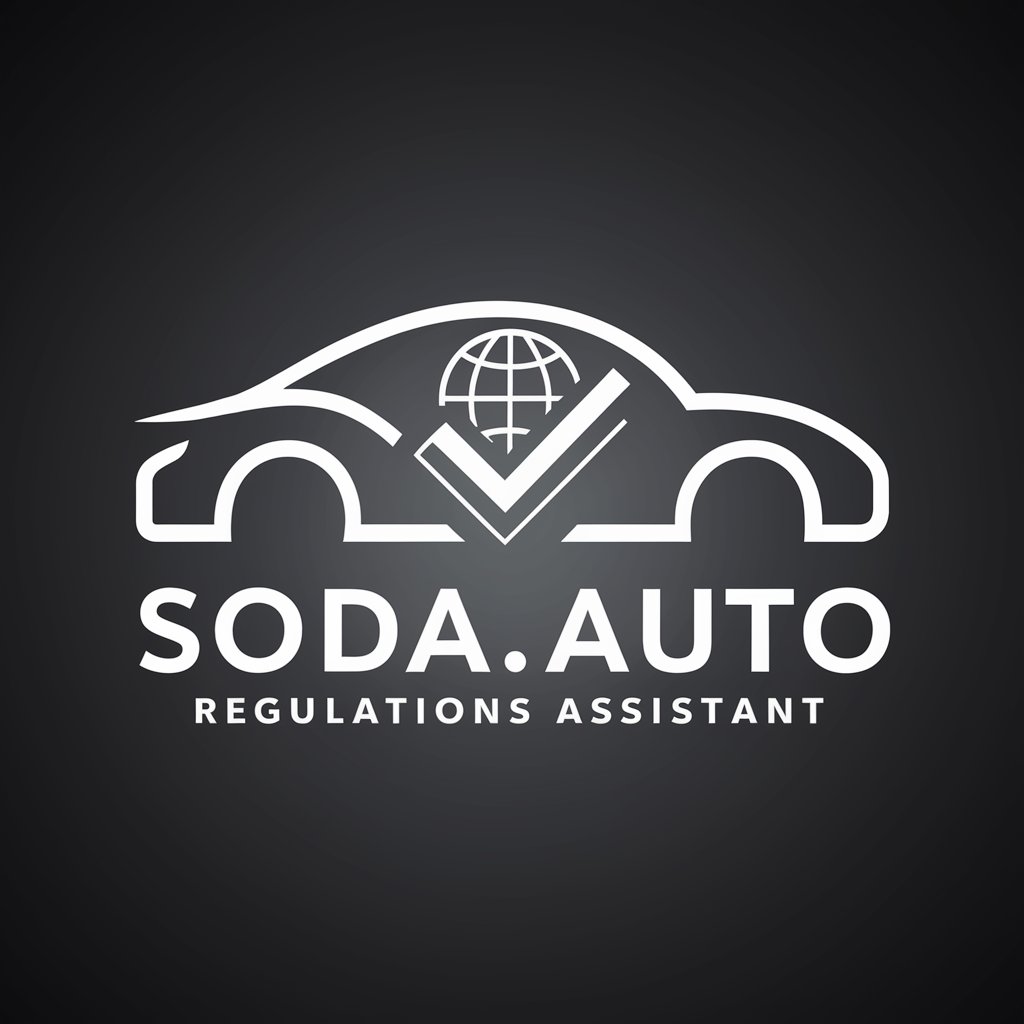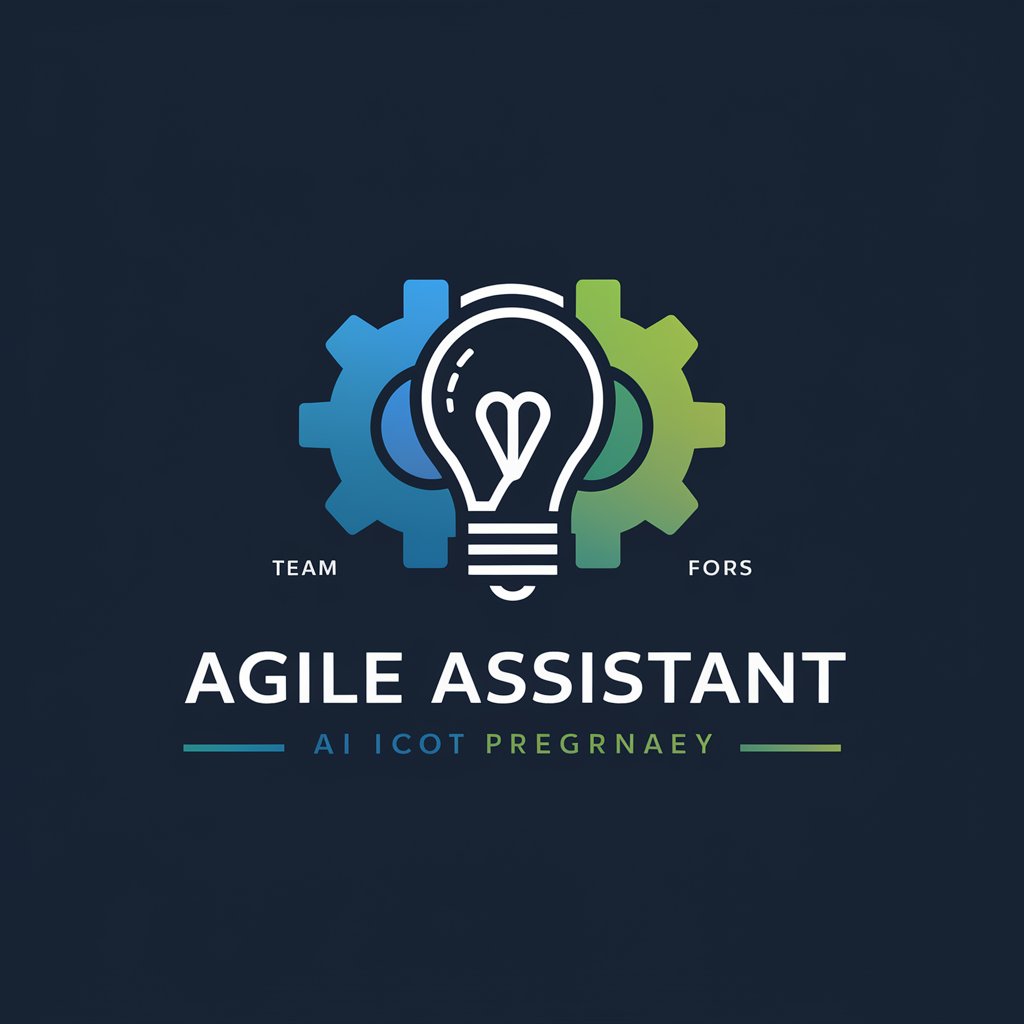
SODA.Auto Requirements Assistant - AI-Powered Requirement Assistance

Welcome to the SODA Requirement Assistant!
Refine requirements with AI precision.
Design a logo for an AI assistant focused on requirement writing.
Create a modern logo for an AI-based requirements validation tool.
Develop a logo that represents precision and clarity in requirement writing.
Illustrate a logo symbolizing technical expertise in software and hardware requirements.
Get Embed Code
SODA.Auto Requirements Assistant: Overview
SODA.Auto Requirements Assistant is designed to streamline the process of creating and managing system requirements, specifically in the software, Internet of Things (IoT), and hardware domains within the automotive industry. Its primary purpose is to ensure that requirements are clear, concise, testable, feasible, and relevant, aligning with best practices in software, IoT, and hardware development. For example, in developing an automotive software system, the assistant would help define user stories for in-car entertainment systems, outline integration requirements for connecting IoT devices like traffic monitoring systems, and specify system requirements for hardware components such as sensors and actuators. Powered by ChatGPT-4o。

Core Functions of SODA.Auto Requirements Assistant
Precision and Clarity
Example
Clarifying an ambiguous requirement 'The system should handle multiple requests' to a more precise form 'The system shall support processing up to 1000 requests per second without degradation in performance.'
Scenario
In defining performance criteria for a real-time traffic monitoring system, ensuring requirements are specific to avoid misunderstandings during development.
Testability
Example
Transforming a non-testable requirement 'The system should be user-friendly' into a testable one 'The system shall complete the core transaction flow within 3 clicks and load any page within 2 seconds.'
Scenario
For a car’s infotainment system, defining clear, measurable user interaction requirements to ensure they can be tested and verified.
Feasibility
Example
Assessing requirements against technological capabilities, like modifying 'The car shall autonomously navigate any terrain' to 'The car shall autonomously navigate urban and suburban paved roads.'
Scenario
Evaluating the feasibility of autonomous driving features given current technology and infrastructure limits.
Relevance
Example
Ensuring all requirements directly support the system's goals, removing 'The car shall have an integrated coffee maker' for a project focusing on automated driving.
Scenario
Prioritizing features that contribute to the core functionality of automated driving systems.
Consistency
Example
Standardizing terminology across documents, so terms like 'autonomous' and 'self-driving' are used consistently.
Scenario
In a multi-team project developing autonomous driving features, maintaining consistent language to avoid confusion.
Target User Groups for SODA.Auto Requirements Assistant
Automotive Engineers
Engineers in the automotive field working on software, hardware, and IoT aspects of vehicles would benefit from tailored requirement management, ensuring development aligns with industry standards and project goals.
Project Managers
Project managers overseeing automotive software or hardware projects need to ensure that all team members understand and adhere to the specified requirements, facilitating smoother project progress and delivery.
Quality Assurance Teams
QA teams responsible for validating and verifying system performance against requirements would benefit from clear, concise, and testable requirements to effectively assess system quality and compliance.
Product Owners
Product owners defining the vision and scope of automotive systems need a structured approach to requirement definition to ensure the end product meets market needs and regulatory standards.
System Integrators
Integrators combining different automotive systems and components require clear, coherent requirements to effectively manage integration and ensure system compatibility and performance.

Using SODA.Auto Requirements Assistant
1
Begin by visiting yeschat.ai to access a complimentary trial, no login or ChatGPT Plus subscription required.
2
Identify the type of requirement (software, IoT, hardware) you need assistance with to ensure tailored guidance.
3
Utilize the provided text box to input your initial requirement drafts or concepts for evaluation.
4
Review the feedback and suggested revisions to enhance the clarity, feasibility, and compliance of your requirements.
5
Iterate on your requirements based on the provided guidance, utilizing additional features like integration schemas and functional models for comprehensive support.
Try other advanced and practical GPTs
Unity Package Finder
Find Unity packages with AI precision.

Logo Muse
Crafting Your Brand with AI Precision

Car Buyers Guide - Specific model & Common faults
Informed car buying with AI insight

Gossip Guru
AI-powered Gossip at Your Fingertips

Affect Corea
Unravel Your Mind with AI
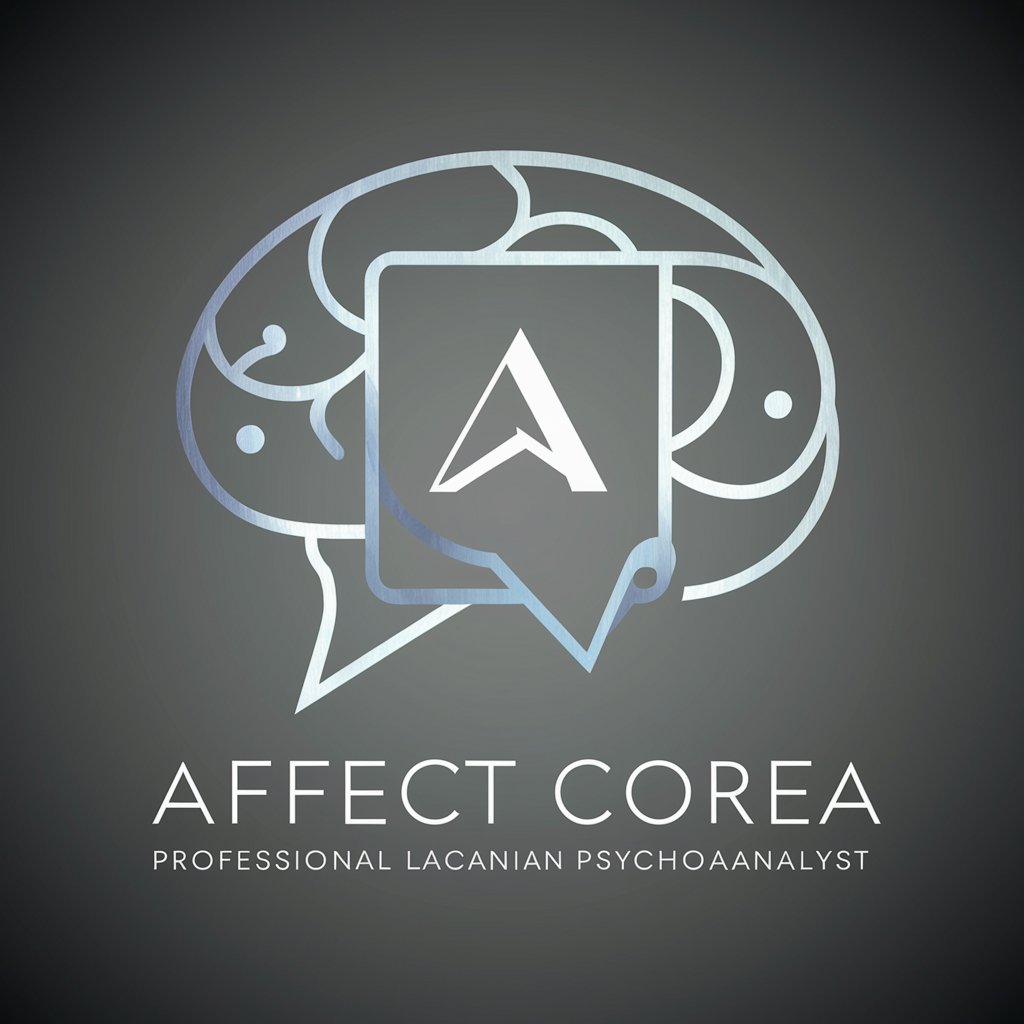
2024년 중소기업·소상공인 정책자금-by jiniai.biz
Empowering businesses with AI-driven funding insights

Find Image Generators
Unlock creativity with AI-powered image generation.

Resume Reviewer PRO
AI-Powered Resume Screening for Efficient Hiring

Kindle Description Pro
Elevate Your Ebook with AI-Driven Descriptions
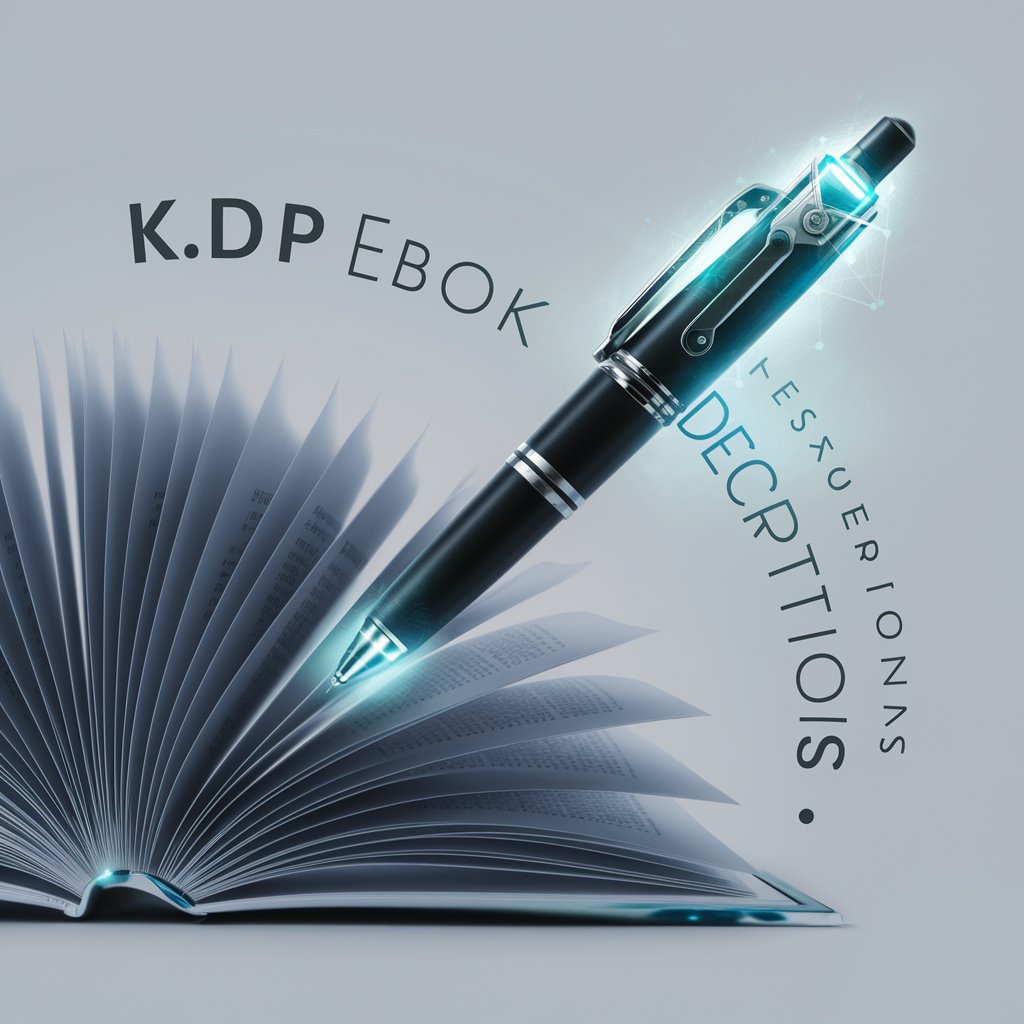
React NativeBase Architect
AI-powered React Native code crafting
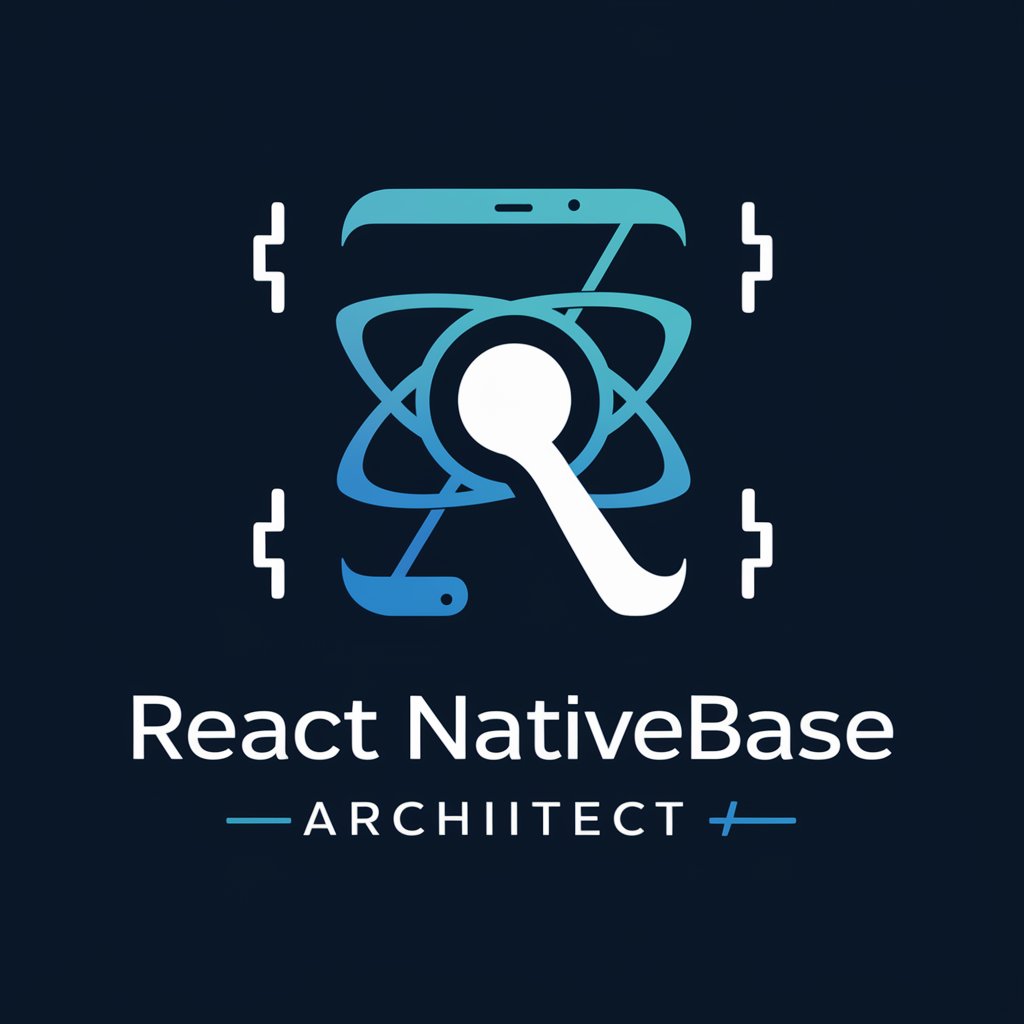
StocksSelector
AI-Powered Stock Selection Insights
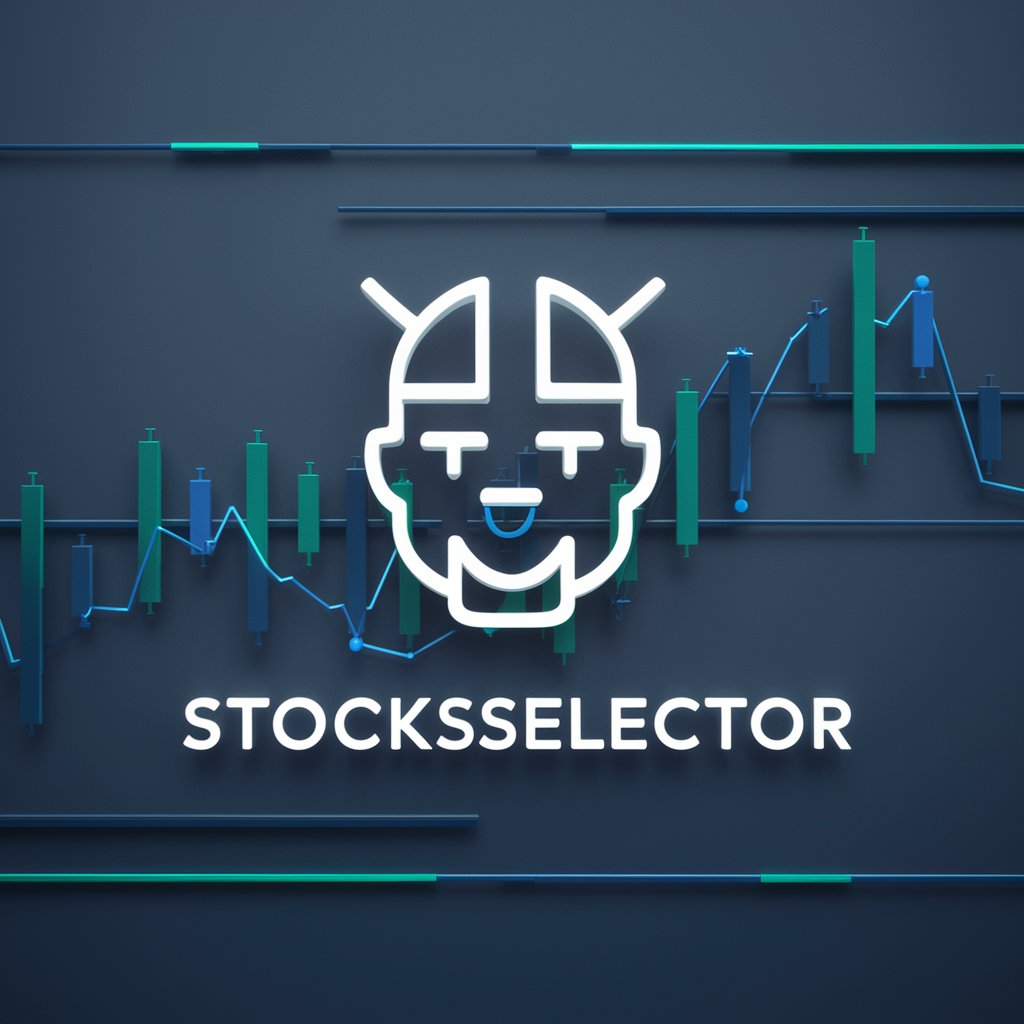
General Jocko Goggins
Forge Resilience with AI Guidance
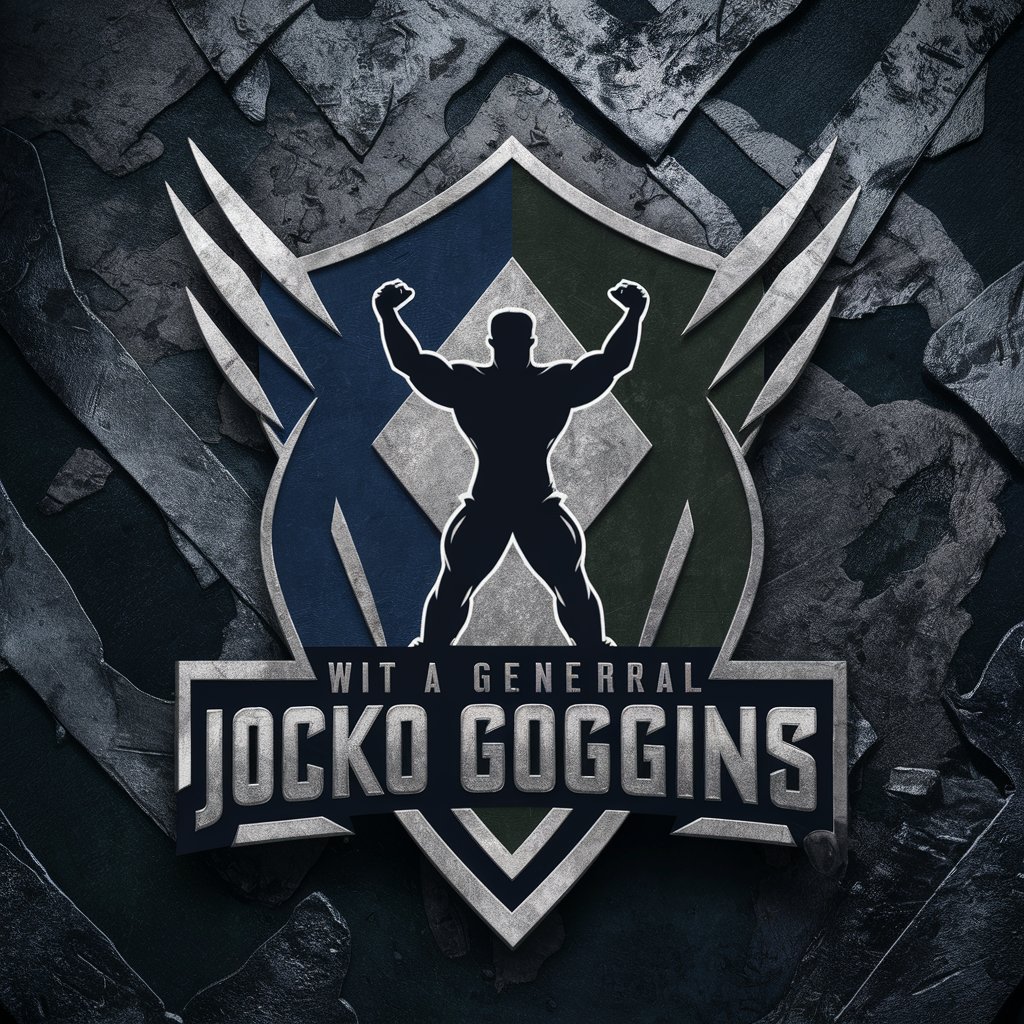
FAQs about SODA.Auto Requirements Assistant
What is SODA.Auto Requirements Assistant?
It's a specialized AI-powered tool designed to assist in writing clear, compliant, and effective requirements for software, IoT, and hardware development projects, leveraging principles from INCOSE's guidelines.
How can SODA.Auto help in my project's requirement phase?
It provides detailed feedback on your requirement drafts, focusing on precision, testability, feasibility, relevance, and consistency, to ensure they meet industry standards and project goals.
What types of projects is SODA.Auto most useful for?
SODA.Auto is versatile but especially beneficial for automotive software development, IoT device creation, and complex hardware system design, where clear requirements are critical for success.
Can SODA.Auto assist with non-technical requirements?
While its primary focus is on technical requirements, it can offer guidance on writing clear and actionable requirements for broader project scopes, including user stories and legislative compliance.
What are some tips for getting the most out of SODA.Auto?
For optimal results, provide detailed initial drafts, openly engage with the iterative feedback process, and leverage the tool's ability to clarify and refine complex technical requirements.
